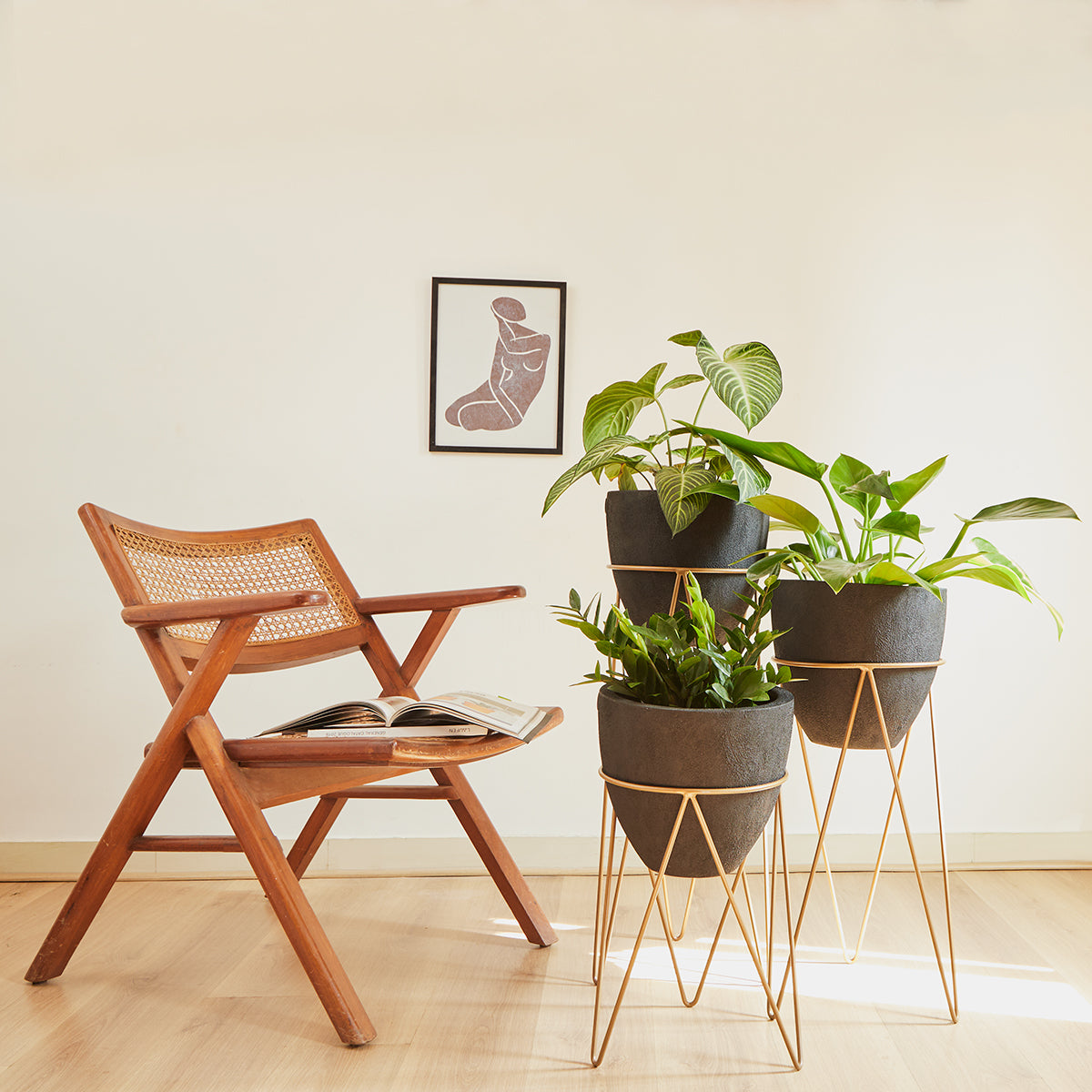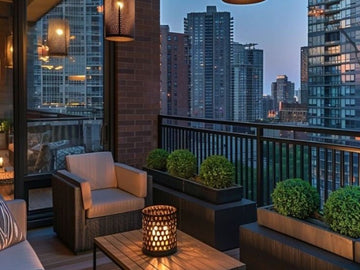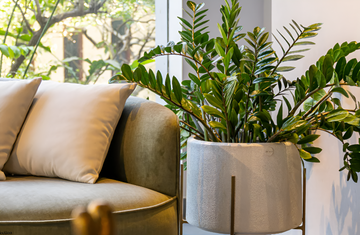Adding indoor plants to your space is a great way to improve air quality, boost your mood, and add some personality to your home. But with so many choices of indoor plants out there, it can get confusing to pick the right plant for your spot. Whether you live in a home, a flat, in the city, in the country, or you are looking to decorate your office space, there’s a plant out there to suit your preference. It’s just a matter of finding it!
There are a few factors to consider before bringing a green beauty home. This post will explain what you need to look out for before picking the right plant. So let’s get right into it.
Factors for Buying Indoor Plant
Assess Your Space | Selecting the Right Plant | Low Light Plants | Medium Light Plants | High Light Plants | Other Factors to Consider | Planter Recommendations
Assessing Your Space
Click on the image to buy
Before you start shopping for your indoor plant, it's important to assess your space. No, we're not talking about a home inspection here. We just need to evaluate the light levels, measure the available space, and determine the temperature and humidity. Let's break it down!
First up, light levels. We all know that plants need light to survive. Different plants require different amounts of light. Take a look around your space and determine which areas receive the most light. Is it direct sunlight or indirect sunlight? You can do a quick check by observing where the sun shines in your room during the day. This information will help you choose the right plant for your space.
Next, measuring the available space. This is an important step because different plants require different amounts of space. You don't want to buy a plant that will outgrow its space in a few months. Measure the height, width, and depth of the area you plan to put the plant in. This will help you narrow down your options and choose a plant that will fit perfectly in your chosen spot.
Last but not least, determining the temperature and humidity. Indoor plants come from all over the world and thrive in different climates. Some plants prefer warmer temperatures while others thrive in cooler temperatures. You also need to consider the humidity levels in your home. Certain plants, such as tropical plants, require higher humidity levels to thrive.
It might seem like a lot of technical work, but it’s actually quite simple! Just observe your space, measure the available area, and consider the climate in your home. With these factors in mind, you'll be able to choose the perfect plant that thrives in its new home.
Now that you've assessed your space, let's move on to choosing the right plant.
(back to top)
Selecting the Right Plant
After choosing your preferred space, let’s now talk about light. Different types of plants have varying requirements when it comes to light, so you need to choose a plant that can grow in the light provided by your space.
(back to top)
Low Light Plants
Click on the image to buy
These are perfect for spaces that receive little to no direct sunlight. Some popular types of low-light plants include the snake plant, pothos, and ZZ plant. These plants are known for their ability to thrive in low light conditions and require minimal maintenance. Their leaves also come in a variety of shapes and sizes, making them a great choice for adding texture to your space.
(back to top)
Medium Light Plants
Click on the image to buy
These plants require a bit more light than low-light plants but less than high-light plants. They can be placed near a window that receives at least 3 hours of sunlight during the day. Some popular types of medium-light plants include the Chinese evergreen, spider plant, bamboo palms, philodendron heartleaf, arrowhead plant, and peace lily. These plants are known for their ability to thrive in moderate light conditions.
(back to top)
High Light Plants
Click on the image to buy
These plants require indirect sunlight for a few hours a day to thrive. They need to be placed near larger windows that get at least 4 to 5 hours of sunlight. Some popular types of high-light plants include the fiddle leaf fig, philodendron moonshine, Dracaena Dara Singh, Dracaena Draco, Rubber plant, and Philodendron Congo. These plants are perfect for sun-drenched areas and can add a tropical feel to your space.
(back to top)
Other Factors to Consider
Aside from light requirements, other factors should be considered when choosing an indoor plant. Maintenance requirements vary between plants, so consider how much time and effort you're willing to put into caring for your plant. Some plants, like the peace lily or fiddle leaf fig, require a lot of care and regular maintenance, while others, like the snake plant, can thrive on neglect.
Toxicity is another factor to consider, especially if you have pets or children. Some plants, such as the spider plant or rattlesnake plants, are safe for pets, whereas plants like English ivy and peace lilies are toxic when ingested by pets or humans, so be sure to do your research before bringing a new plant into your home. If you have a furry friend, make sure to choose a plant that won't harm them if they get curious and decide to take a nibble.
Lastly, aesthetics. Let's be real, we want our indoor plants to look good too! Consider the shape, size, and color of the plant's leaves, as well as its overall appearance. Make sure to choose a plant that complements your space.
Indoor plants are more than just pretty decorations - they provide a host of benefits, from purifying the air to boosting your mood. By evaluating your space and considering the factors we've discussed, you'll be able to choose the perfect plant for your home.
So, whether you're looking for a low-light plant for your bedroom, a medium-light plant for your office, or a high-light plant for your sunny living room, there's a plant out there for you.
Remember, caring for indoor plants can be a fun and rewarding experience. So go ahead, add some greenery to your space, and enjoy the many benefits of indoor plants.
(back to top)
Planters recommended for Your Indoor Plants
Discover more planters for your Indoor Plants














 At Palasa, we believe in the seamless fusion of nature, design and humanity.
At Palasa, we believe in the seamless fusion of nature, design and humanity.